
Your Feet Are Screaming for Attention: 6 Shocking Health Clues Hidden in Your Soles!
For years, many people ignore the aches, swelling, and odd changes in their feet, thinking it’s just from long days or tight shoes. But persistent pain and strange symptoms can actually be your body sending signals about deeper health issues. Your feet are like a window into your body’s health—revealing warning signs you might never suspect.
Why Your Feet Are a Health Goldmine
Your feet are more than just the foundation of your body—they reflect your overall health. Packed with nerves, blood vessels, and bones, they’re often the first to show signs of systemic issues like diabetes, heart disease, or nerve damage. Changes in appearance, sensation, or function can signal problems elsewhere. By tuning into these clues, you can catch health issues early and take action.
1. Persistent Swelling (Edema)
-
What It Means: Could point to circulation problems, heart or kidney issues, blood clots, or side effects from medication.
-
What to Look For: Feet or ankles that stay swollen, feel heavy, or show pitting (indentations when pressed). If paired with fatigue or shortness of breath, it’s urgent.
-
What to Do: Elevate your feet, reduce salt intake, stay hydrated. Seek medical attention if it persists.
2. Tingling or Numbness
-
What It Means: May signal peripheral neuropathy from diabetes, vitamin B12 deficiency, poor circulation, or nerve issues.
-
What to Look For: Pins-and-needles, burning, or numbness that spreads upward. If accompanied by weakness or balance issues, seek help quickly.
-
What to Do: Check blood sugar, improve vitamin intake, and see a doctor for nerve tests.
3. Cold Feet or Discoloration
-
What It Means: Poor blood flow (peripheral artery disease), Raynaud’s disease, or thyroid issues.
-
What to Look For: Persistently cold feet, bluish/pale toes, or slow-healing cuts.
-
What to Do: Keep feet warm, avoid smoking, exercise. Consult a vascular specialist if ongoing.
4. Slow-Healing Sores or Wounds
-
What It Means: Common in diabetes, poor circulation, or immune issues. Can lead to infection if ignored.
-
What to Look For: Cuts, blisters, or sores that don’t improve in a week. Signs of infection (redness, pus, fever) are urgent.
-
What to Do: Keep wounds clean and covered, avoid walking barefoot, and seek medical care.
5. Changes in Skin or Nail Appearance
-
What It Means: Dry cracked skin can indicate hypothyroidism; yellow brittle nails may be fungal infection, psoriasis, or even lung issues. Dark streaks could rarely mean melanoma.
-
What to Look For: Persistent dryness, thick or crumbly nails, or unusual streaks.
-
What to Do: Moisturize, wear breathable shoes, and see a dermatologist for suspicious changes.
6. Foot Pain or Cramps
-
What It Means: Could be plantar fasciitis, arthritis, nerve compression, dehydration, or low minerals (magnesium/potassium).
-
What to Look For: Sharp/burning pain, stiffness, or frequent cramps. If pain spreads to legs, it’s a red flag.
-
What to Do: Stretch, wear supportive shoes, stay hydrated, and consult a doctor if pain persists.
How to Monitor Your Feet Like a Pro
Daily Checks
-
Inspect for swelling, cuts, redness, nail changes.
-
Note sensations: numbness, tingling, coldness.
-
Track pain levels after activity or rest.
Weekly Actions
-
Moisturize (avoid between toes).
-
Trim nails straight across.
-
Massage feet for circulation.
When to See a Doctor
-
Persistent swelling, pain, or numbness.
-
Non-healing sores or infections.
-
Sudden discoloration or severe cramps.
Why You Can’t Ignore Your Feet
Your feet are silent messengers of your health. By paying attention to changes, you can catch serious conditions early—before they escalate. Ignoring them could mean missing life-saving clues.
⚠️ Disclaimer: This article is for informational purposes only. Always consult a healthcare professional for medical advice and treatment.
News in the same category


7 Minor Illnesses That Repeatedly Occur May Be Warning Signs of Cancer
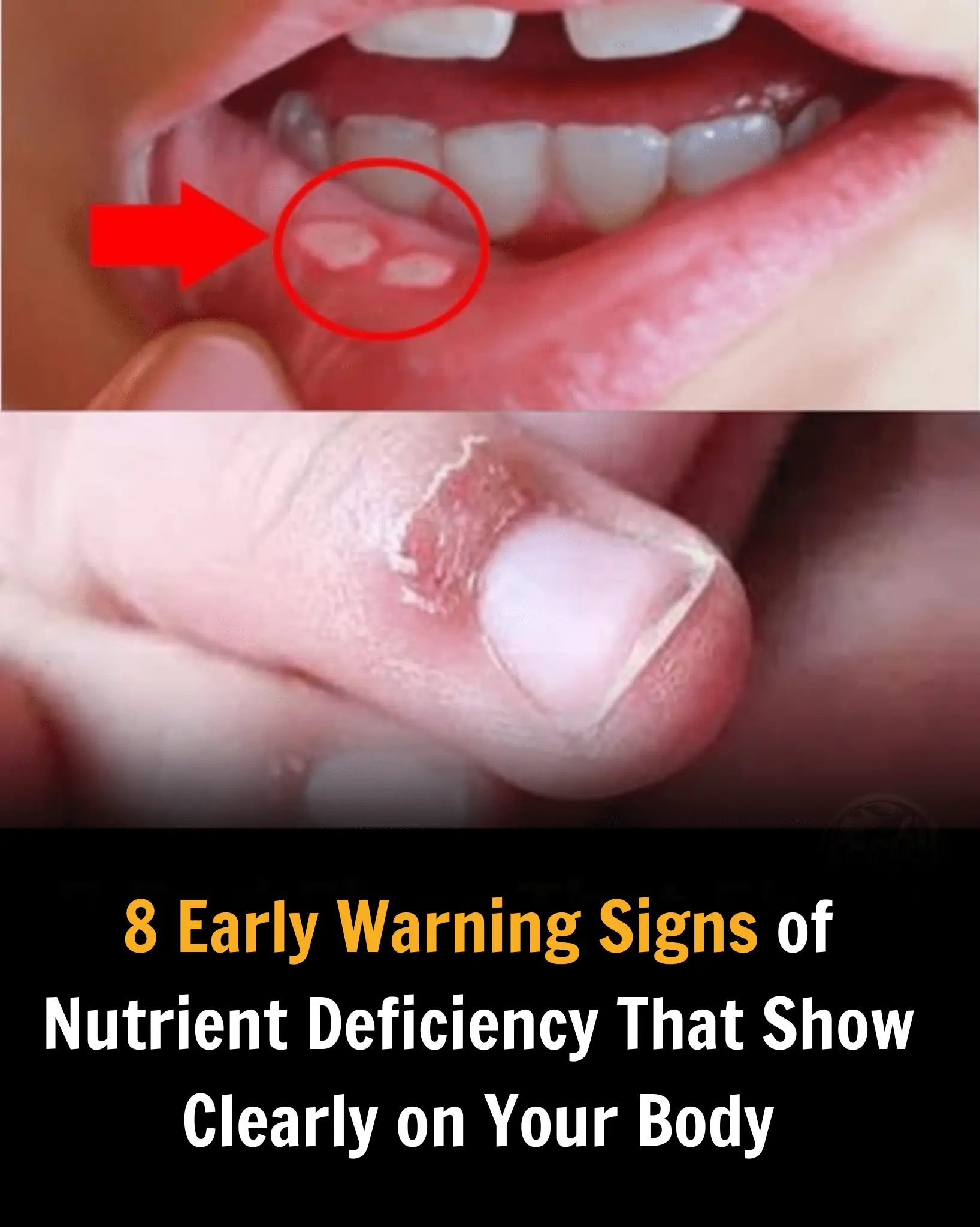
8 Early Warning Signs of Nutrient Deficiency That Show Clearly on Your Body
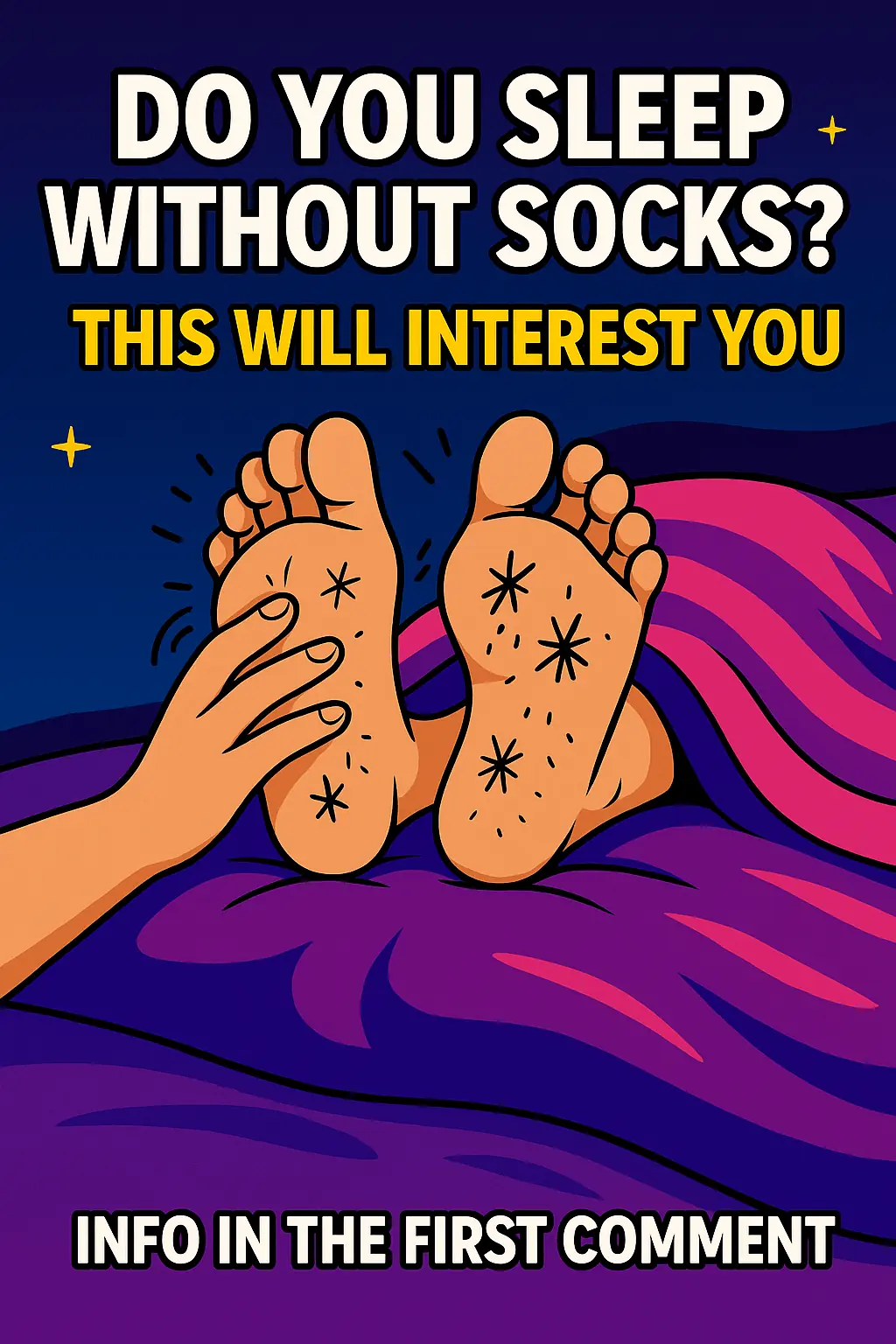
Why Do Your Feet Itch at Night? Simple Causes and Effective Solutions

Natural Remedy to Relieve Back Pain with Figs

Hearing Loss? Discover a Natural Remedy That Could Help Improve Your Hearing

4 Parts of Chicken You Should Avoid — And Why They May Not Be as Healthy as You Think

The Magic of Black Cats and Their Impact on Our Health

Say Goodbye to Diabetes, High Blood Pressure, Fatty Liver, Cancer, and Heart Attacks
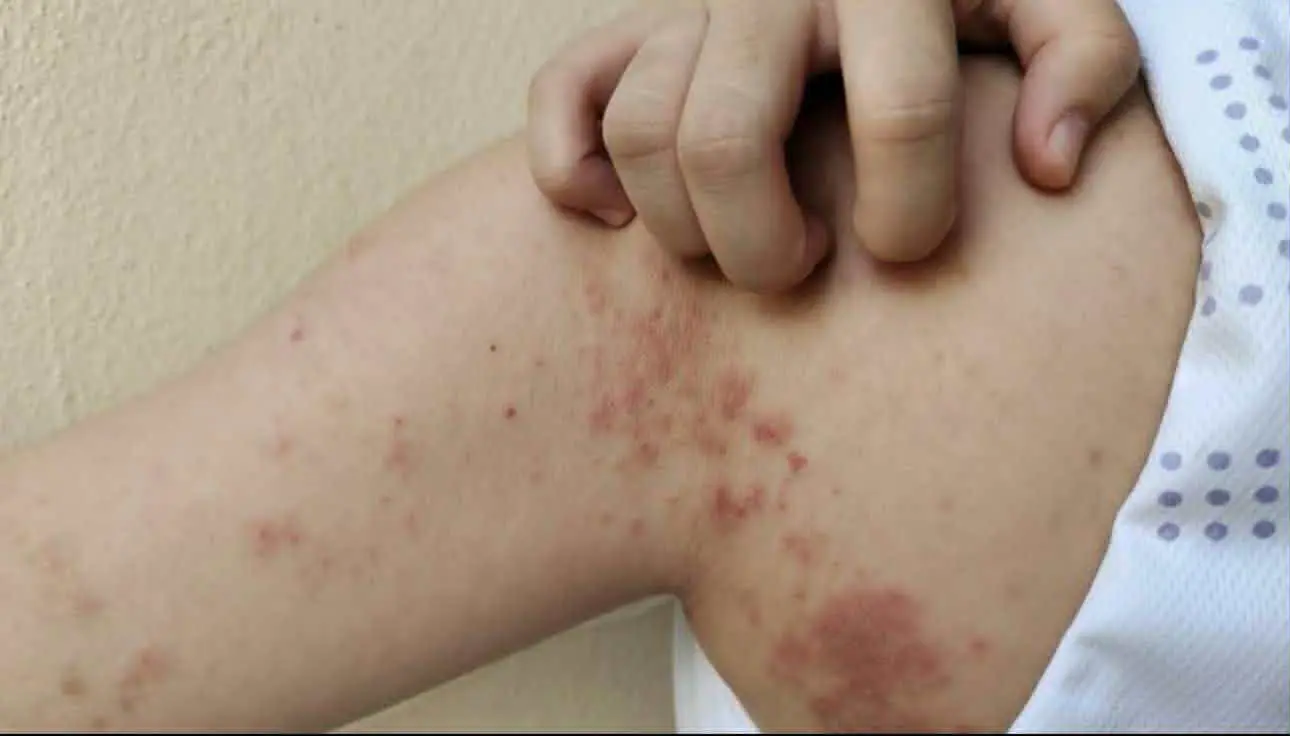
7 Warning Signs Your Body May Have Parasites
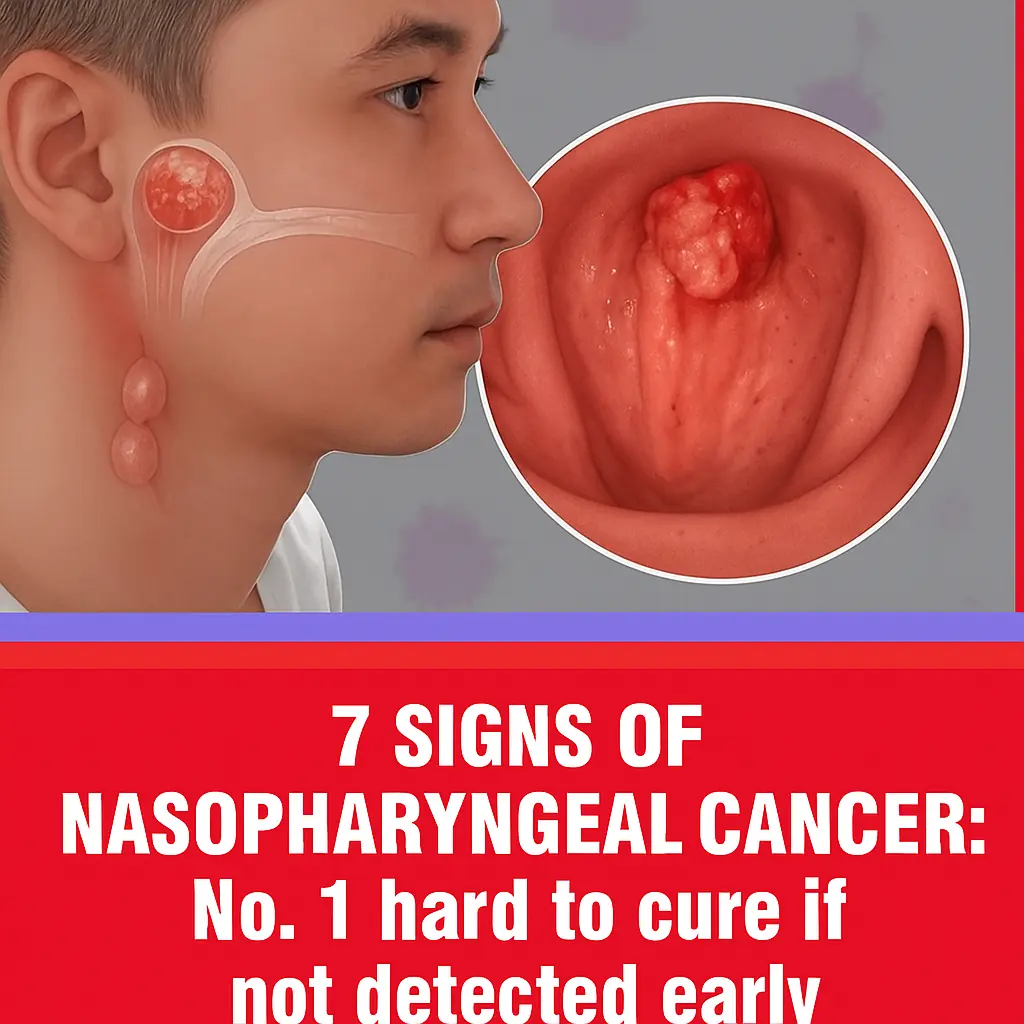
7 Signs of Nasopharyngeal Cancer: No. 1 is Hard to Treat if Not Detected Early
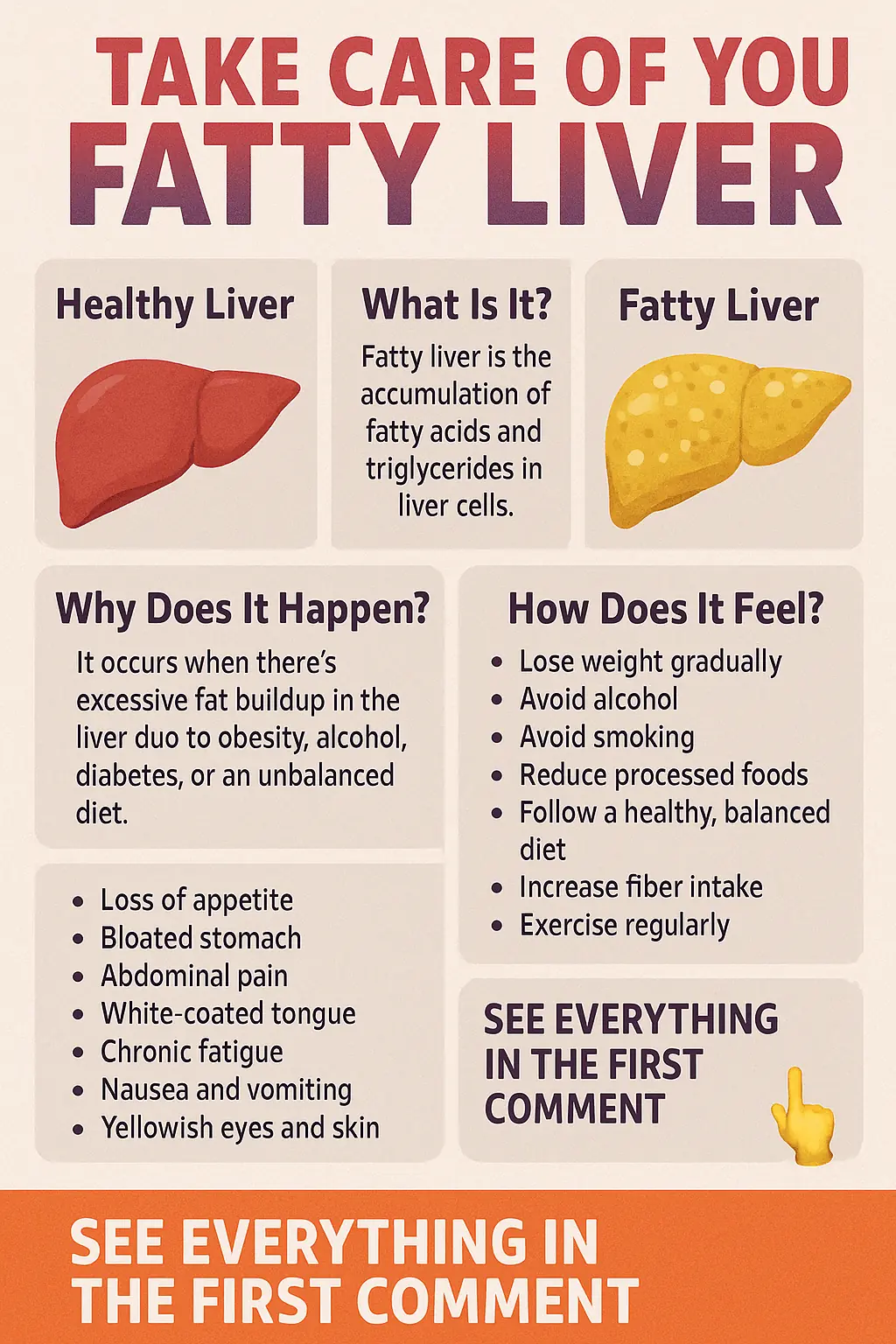
Fatty Liver: Recognize the Symptoms and Reverse It in Time
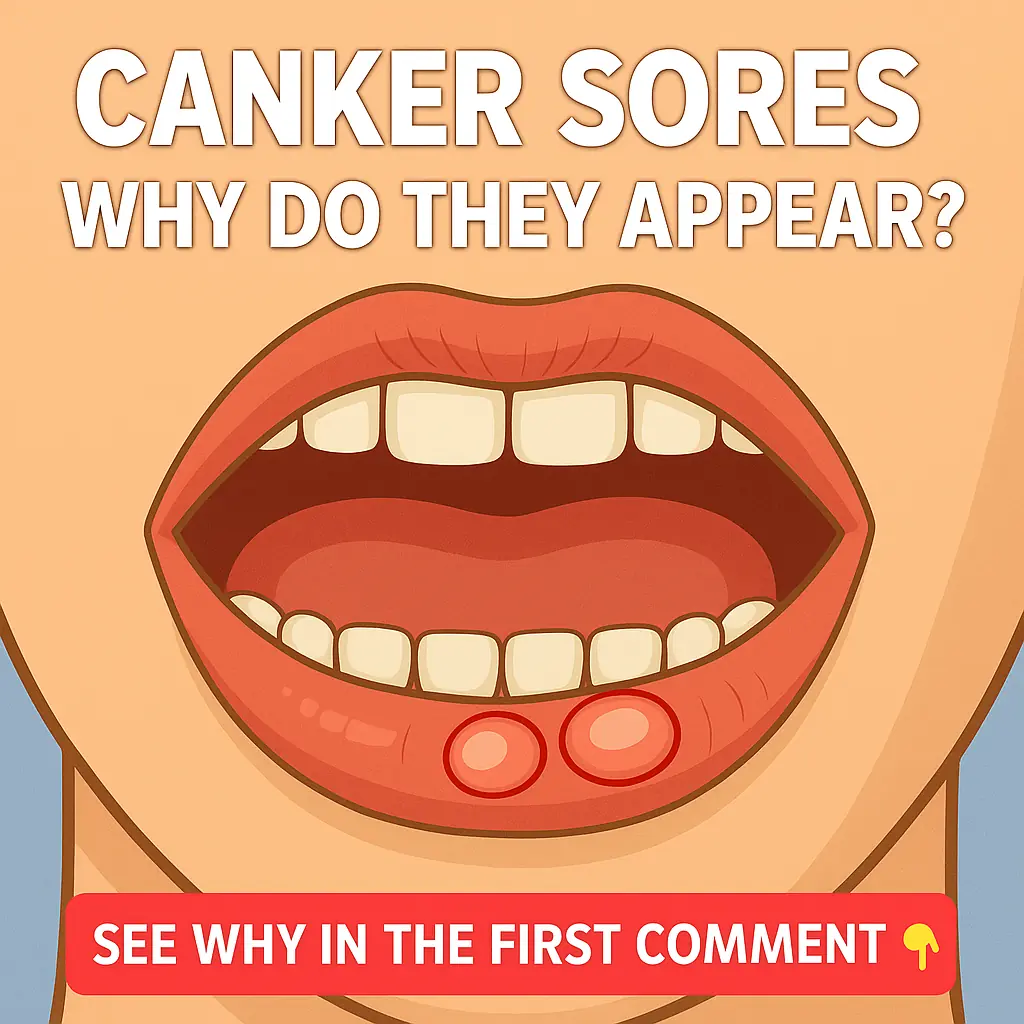
Why Do Canker Sores Appear? Painful Signs You Shouldn’t Ignore
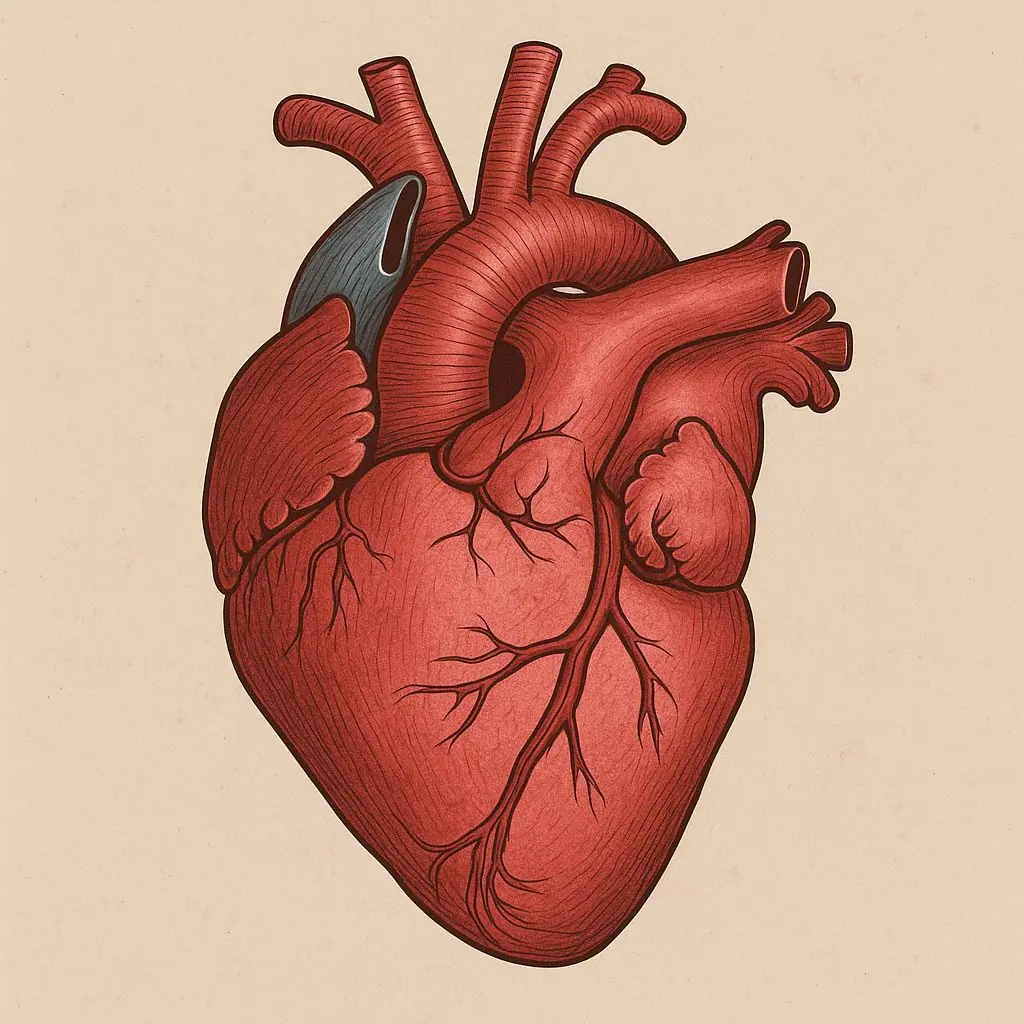
🫀💔 How to Maintain a Healthy Cholesterol Level for a Strong Heart
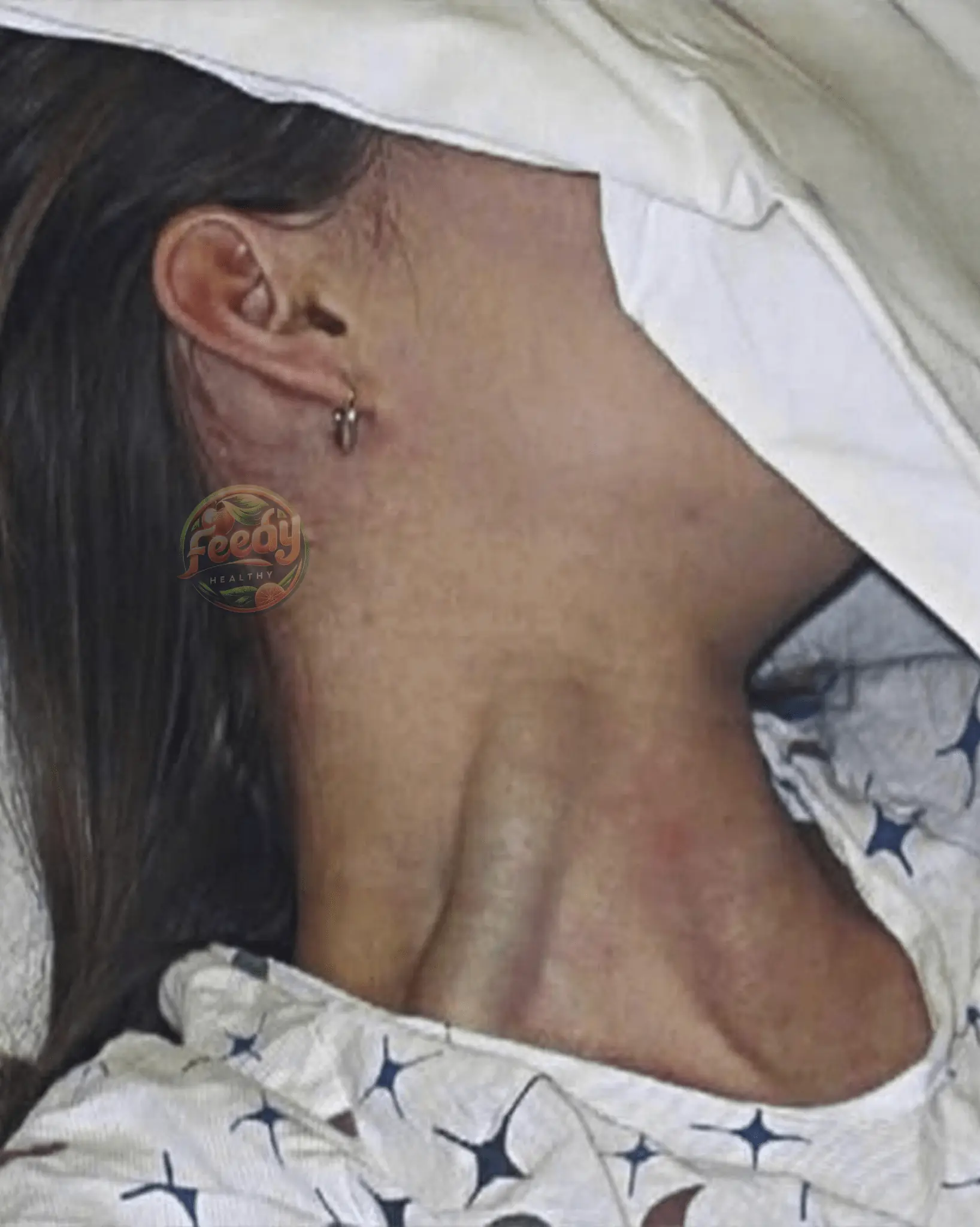
Massive Jugular Distension: A Warning Sign You Shouldn’t Ignore

The Last Part of the Pig, but with Top Benefits
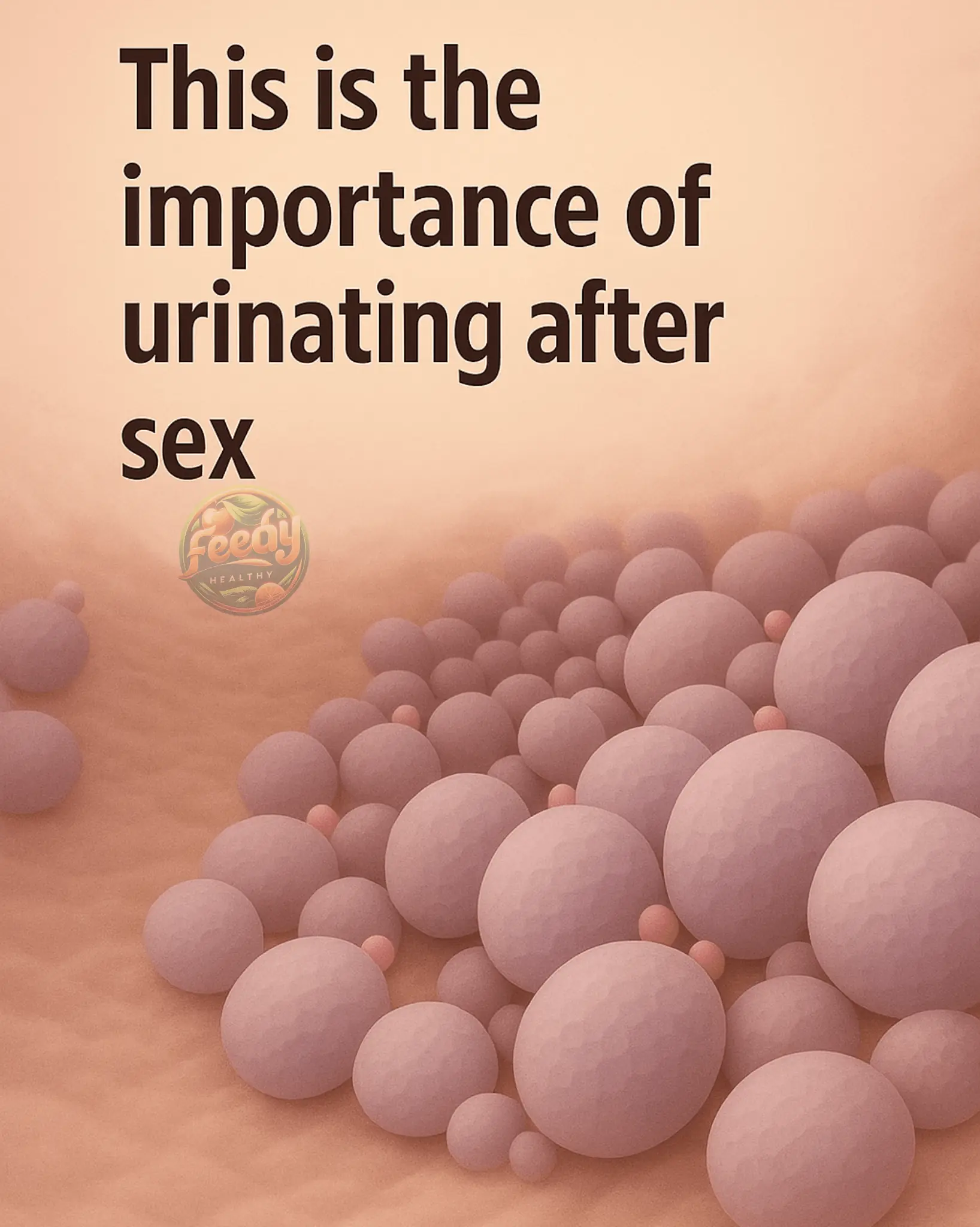
The Importance of Urinating After Sex: Preventing Infections

5 common foods that many people eat almost every day but are especially rich in parasites

Diagnosed with cancer at 40, Soong Mei-ling still lived to 106
News Post

Just 2 tablespoons… Eliminate all worms and parasites from your body.

Mini Chocolate Cake Recipe with Mirror Glaze🍫✨

🍫 Mini Chocolate Mousse Cakes Recipe

🍮 Tiramisu Domes Recipe

🍪 S’mores Chocolate Cookies Recipe

Ginger, Cloves, and Lipton Tea: The Ultimate Wellness Elixir

Unlock the Power of Ginger, Cloves, and Honey: 18 Life-Changing Benefits You’ll Wish You Knew Sooner
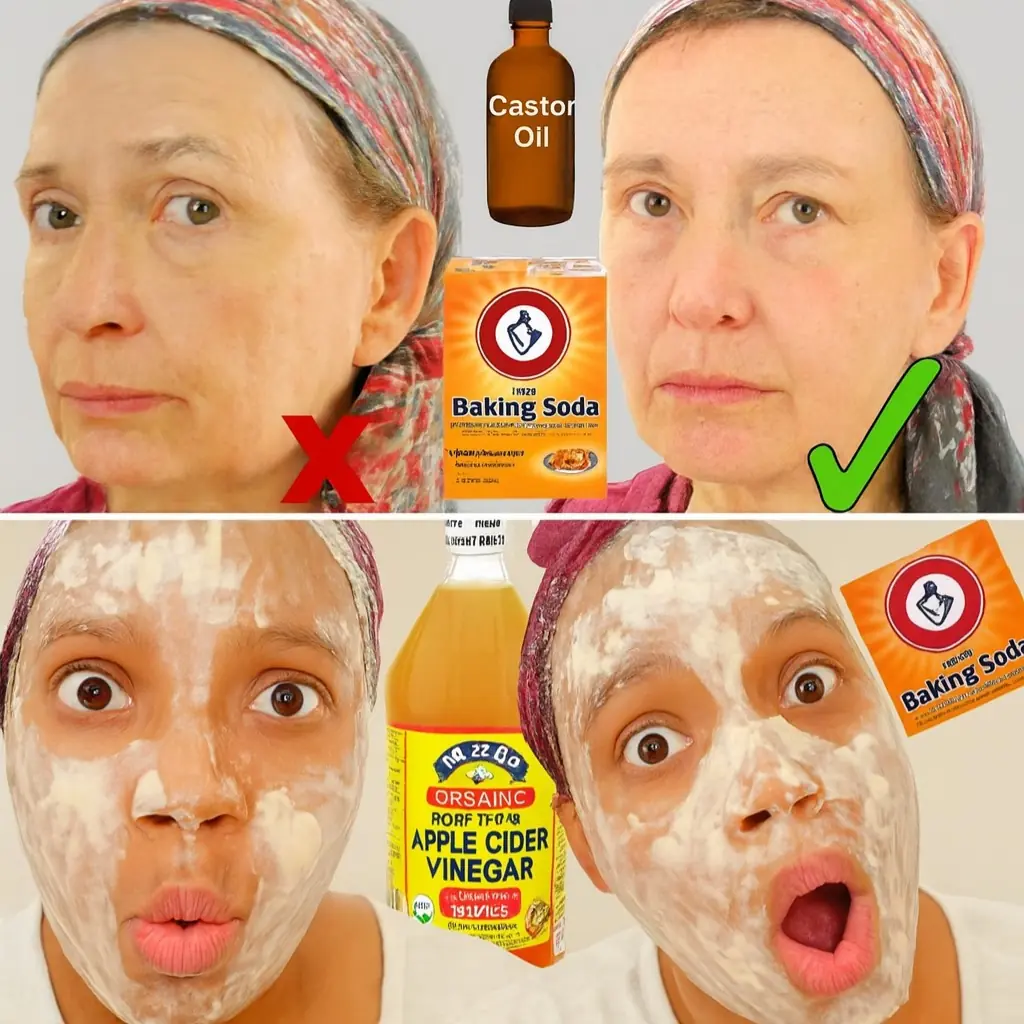
Nana’s Secret to Radiant Skin: 3 Brilliant Baking Soda Skincare Methods

Discover the Magic of Moringa: Transform Your Health with the Miracle Tree

Garlic Power: Nature’s Secret Weapon for Immunity & UTI Defense

Unleash the Healing Power of Aloe Vera: Your Ultimate Natural Tonic

The Firefighter Who Defied Orders to Save a Baby Moose

Unlock Luscious Locks: The Green Bell Pepper Hair Growth Secret You Can’t Ignore!

Unlock the Hidden Power of Guava Leaves: Surprising Benefits You’ll Wish You Knew Sooner

Unlock the Secret to Vibrant Kidney Health with Just Two Ingredients

Purslane: The Overlooked Superfood That Could Transform Your Health

Discover the Secret Superfood: Unleash the Astonishing Power of Papaya Seeds for Vibrant Health

Bladder and Prostate Like New! Grandpa’s Old Onion Peel Remedy
